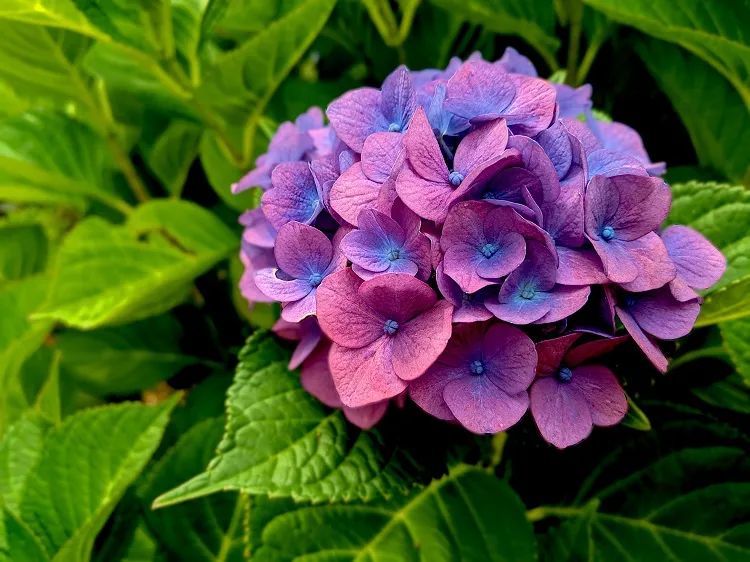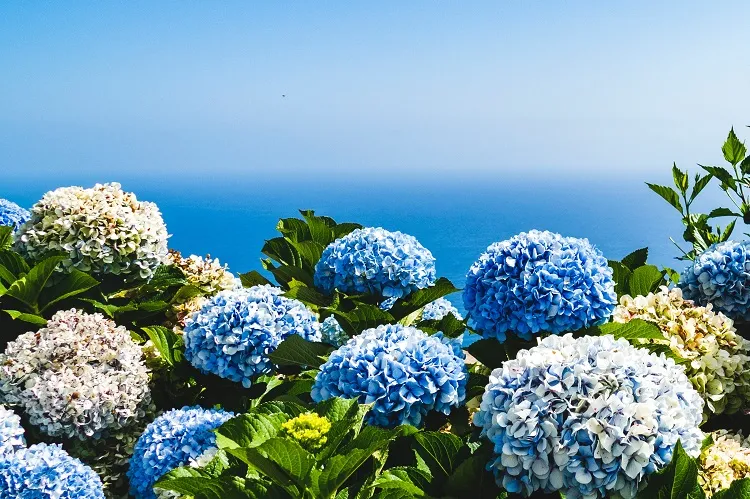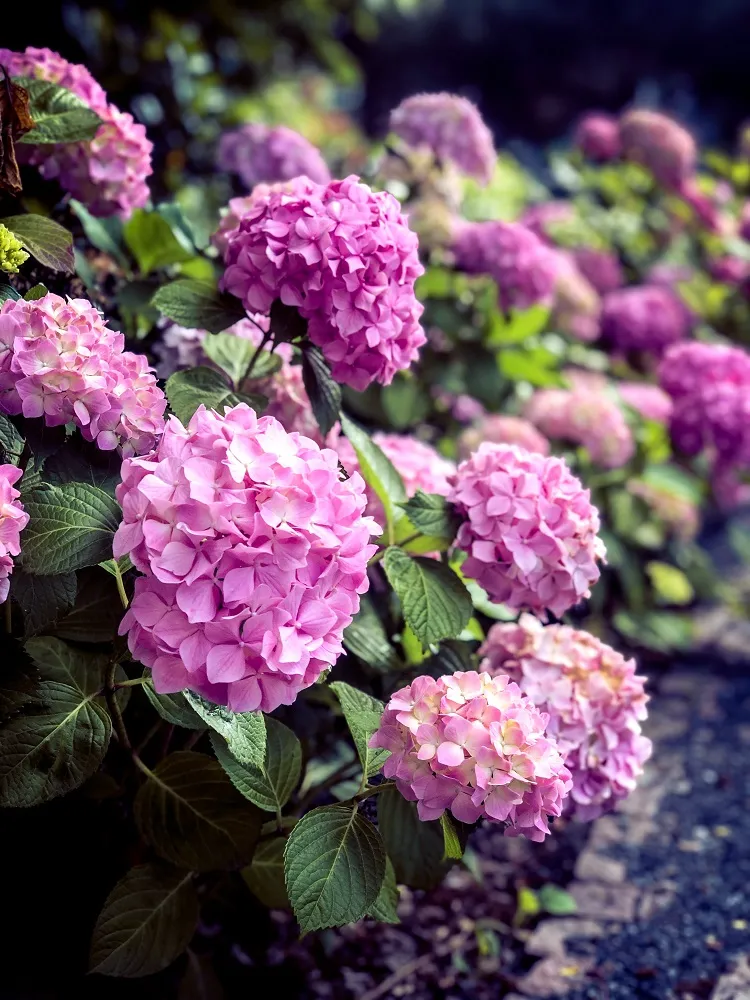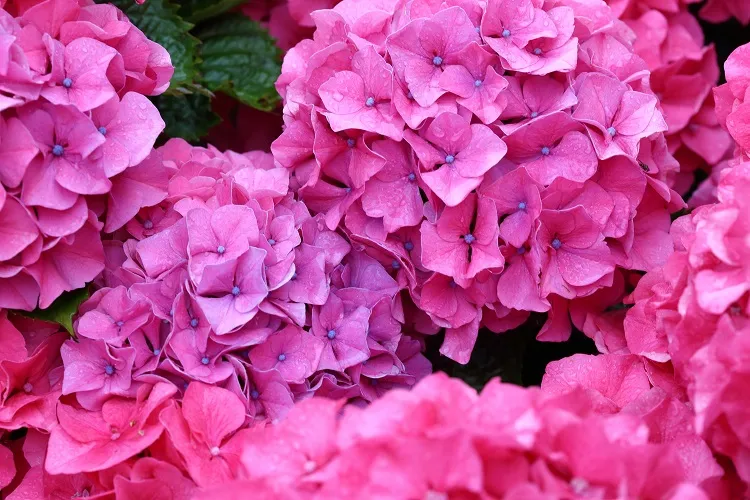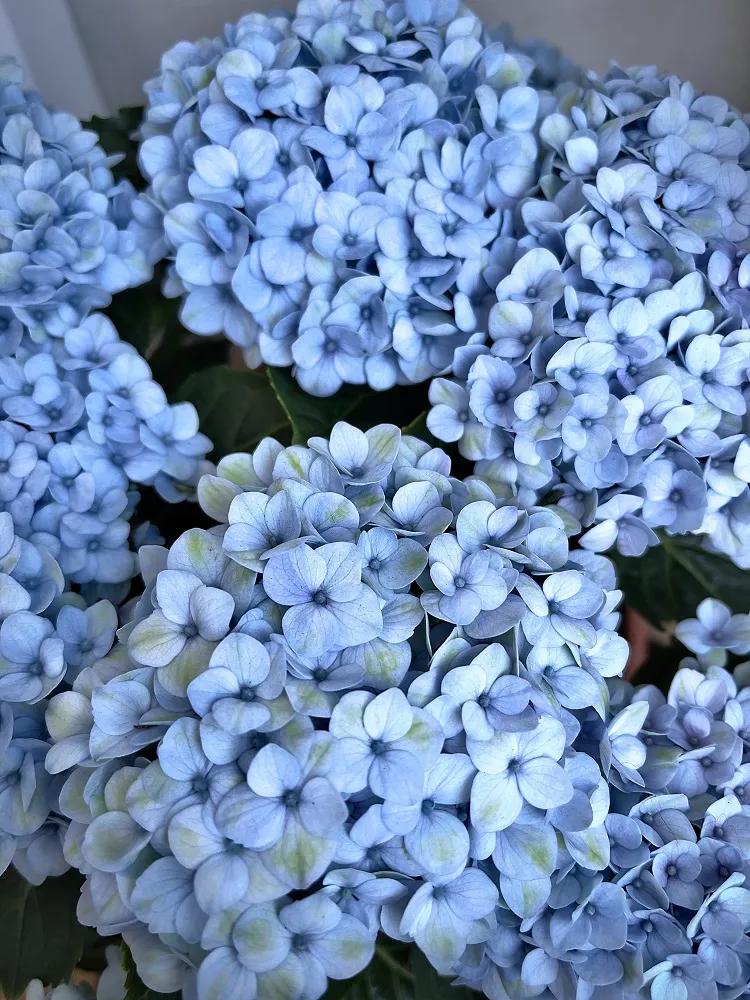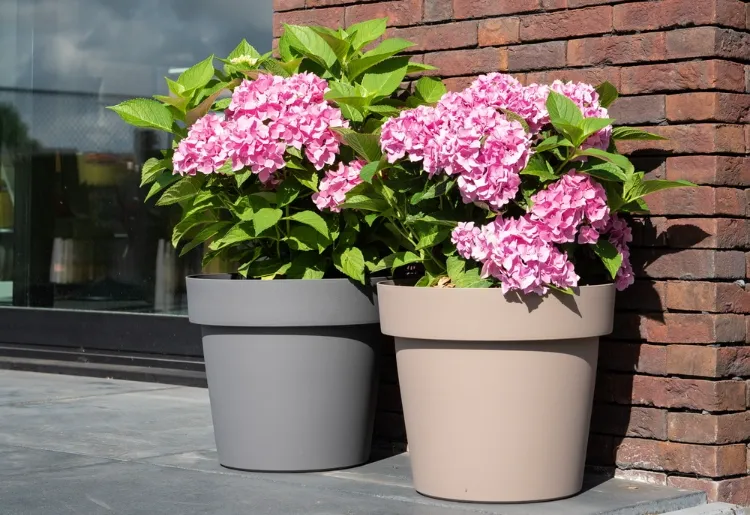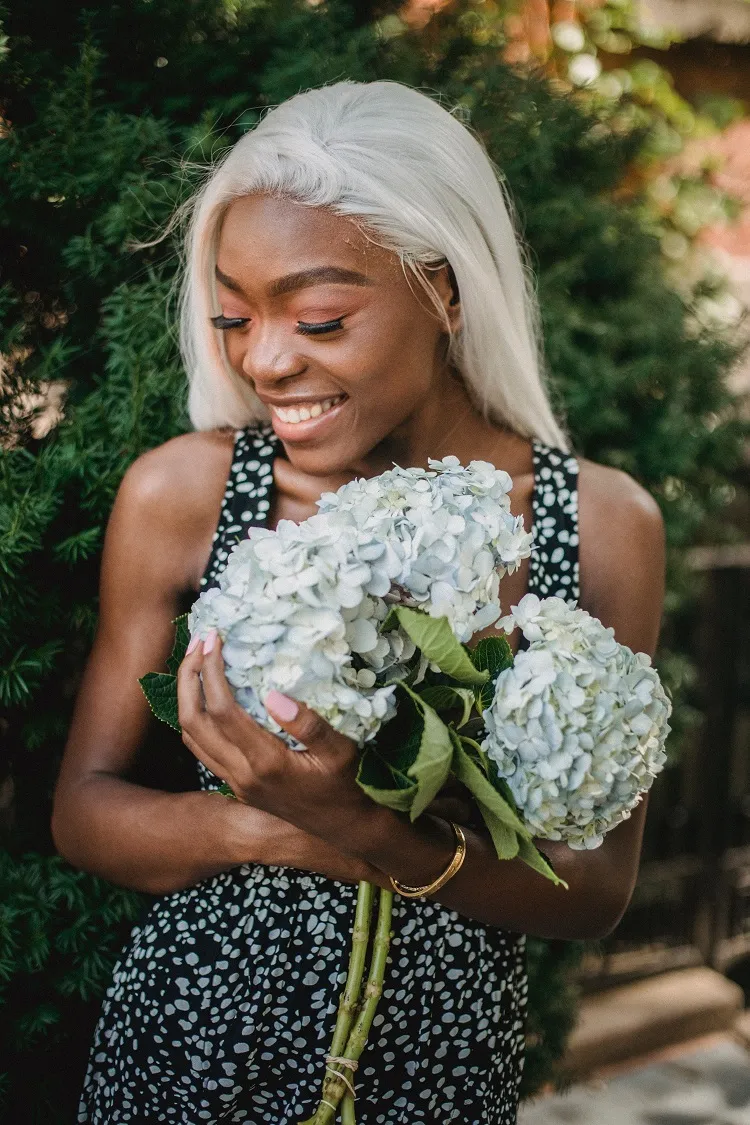What Causes Hydrangeas to Lose Leaves and Fail to Bloom? Avoid These Mistakes for Abundant Flowering.”
Hydrangeas are one of the most popular ornamental shrubs, and for good reason. They have amazing flowers with a strong visual impact that can enhance any exterior or even interior. But for some reason they may not bloom or even lose their leaves. What is the reason? Here are some common mistakes to avoid if you want to admire abundant flowering. Find out what things hydrangeas hate the most!
What Things Hydrangeas Hate the Most?
Do you wonder why hydrangea leaves turn red and fall off? Why hydrangeas don’t bloom? Why hydrangeas don’t grow or even die? Check the following mistakes you are probably making. Sometimes only one of them is crucial to the life of your flower, so make sure you never do them again.
The Soil Is Not Well Drained
If you’re wondering, “What potted hydrangeas do not like?” the most common answer is that the soil is not well drained. Most hydrangeas prefer loamy, well-drained, nutrient-rich soil. Avoid rocky and dry soils. Otherwise, the flower may be affected by root rot.
Things Hydrangeas Hate: Too Much Water
The amount of water your flower receives is an essential part of its care. Too much or too little can lead to leaf drop and eventual death.
It may need to be watered once a week or once a day. This depends on the local climate and the location of the flowering shrub. The best thing to do is to test the soil with your fingers. If the first 2 inches/5 cm are dry, you can water it.
Also read: 6 Tips for Watering Hydrangeas During the Heat Wave!
Prune Hydrangeas in the Fall
Knowing when to prune hydrangeas is very important. In this context, take into account that these shrubs form flower buds for the following season in the fall. So if you cut them, you remove all the flowers. That’s why your shrub is not flowering.
You Over-Fertilize Your Hydrangeas
Another common hydrangea care mistake that gardeners make is the amount of fertilizer they use. More fertilizer does not necessarily mean more flowers. If you overdo it, you risk adding too much nitrogen to the soil, which can actually slow down flower production, and even damage the plant’s root system. Ideally, you should add it to the soil in early spring, when the flowers are waking up, and in the middle of the flowering period (July-August).
Things Hydrangeas Hate: Bad Location
Hydrangeas do not tolerate heat or late frosts. They do not like sun or shade. This means you need to find the perfect balance for your plants to deliver abundant and spectacular blooms. Placing or planting them in partial shade is the ideal place.
It is not advisable to plant hydrangeas under tall trees. Instead, grow them near a wall that will protect them from strong winds. In terms of orientation, east-facing gardens are best, as hydrangeas love the morning sun.
Also read: How to Save an Overheated Hydrangea? The Top Tips to Revive Your Plants and Bring Them Back to Life
How to Preserve Cut Hydrangeas?
If you want to prolong the beauty of your cut flowers, you need to refresh the water in the vase every day. But in addition to this, there are a few little tricks you can try:
- Before placing hydrangeas in a vase, soak their stems for 30 seconds in hot boiled water. Then, immediately put them in water at room temperature and arrange your bouquet.
- Recut the stems and dip the bottom 2 inches/5cm of the stem in powdered alum. You can find it in supermarkets. Then place them as usual in a vase with water.
- Always cut the flowers in the morning when the weather is still cool and immediately put them in water. Don’t wait to enter the house.
- Put 2-3 copper coins in the vase to keep your hydrangeas looking fresher for longer. This will purify the water and kill bacteria, as copper is actually a natural fungicide.

